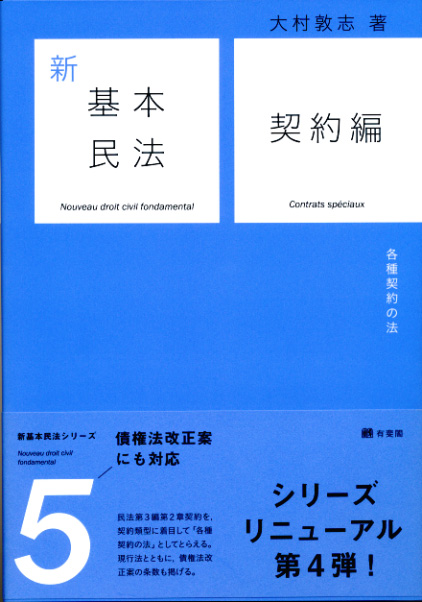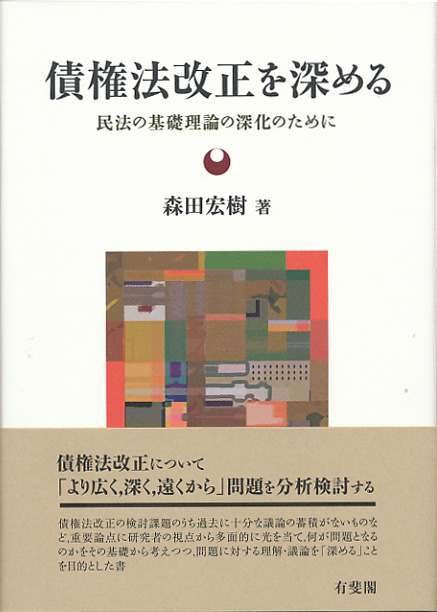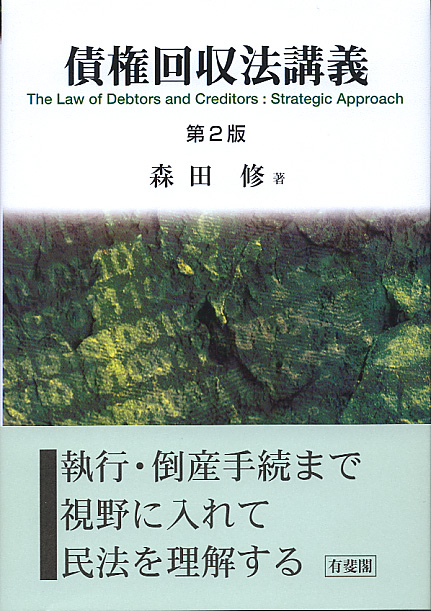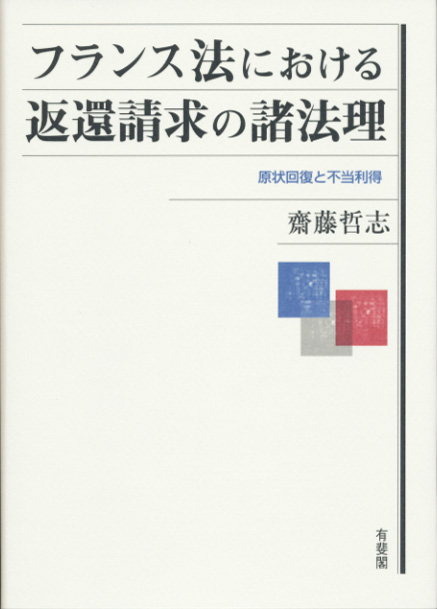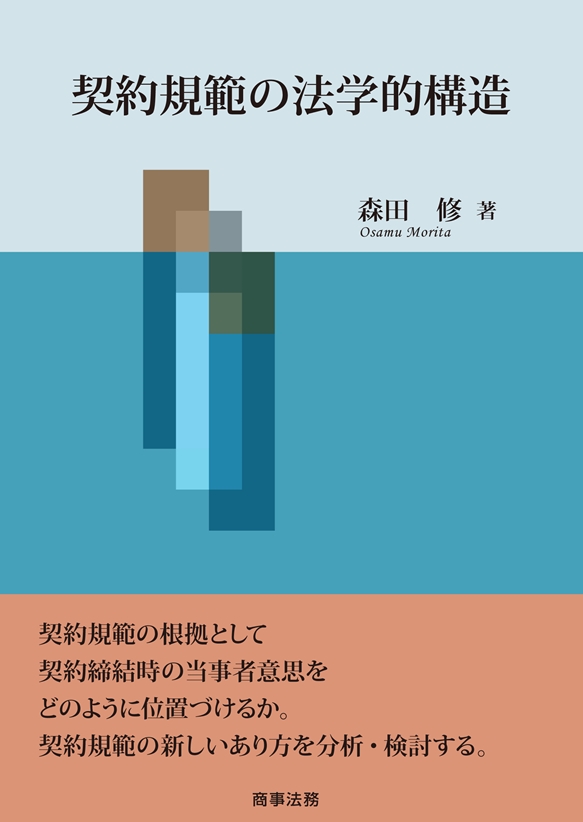
Title
Keiyaku Kihan no Hougakuteki Kozo (Legal Structure of Contract Norms)
Size
680 pages, A5 format, hardcover
Language
Japanese
Released
December, 2016
ISBN
978-4-7857-2470-2
Published by
Shoji Homu
Book Info
See Book Availability at Library
Japanese Page
This work explores the basis on which the rights and obligations (i.e., “contract norms”) established between parties bound by a contract are given effect. In particular, the standing of intent (original intent), a subjective reality possessed by the contracting parties at the time the contract is concluded, is the topic at hand (i.e., “the principles of contract norm formation”). The author’s expositions on this topic, spanning more than 10 years from the latter half of the 1990s until 2010, are comprehensively assembled in this volume.
Currently, contract law stands at a crossroads between a classical conceptual framework rooted in the French and German Civil Codes compiled in 19th century Europe and a new conceptual structure. This new structure of contract law may be characterized succinctly by a release from the original intent. At the same time that a party’s intent may be released from the original intent, a party’s intent, at the time of the contract, may be released from the original intent. Apart from original intent, contract norms are grounded, from the outset, on the terms to be enforced, as well as laws and customs under which volitional terms are subsumed. If we bear in mind even the traces of a judge’s discretion that may be detected when a contract is objectively interpreted, one might suppose that a variety of elements come into play.
Among these fundamental elements, the classical conceptual framework of contract law confers upon the “intent of the contracting parties” or “mutual assent” a pre-eminent standing. However, how should the terms be defined? Is the term “intent of the contract parties” synonymous with “original intent”? Or is it incorporated into the framework with some sort of expanded significance? To elucidate this significance, one must examine the starting point for an exploration of the new conceptual structure. (On another front, although the author is also presently engaged in the study of “release from the original intent,” i.e., release from the spell of “presentiation,” none of those expositions are included in this compilation.)
The proposition that original intent is the primal basis of contract norms, i.e., the classical principle of “intentionalism,” has been the response of the classical conceptual framework to the question of how the principles of contract norm formation should be formulated. However, when today’s society is confronted with complex cases involving contract law, the limits of this stance are exposed. The classical foundations of the principles of contract norm formation have been shaken, and various new blueprints are being proposed. From the outset, such attempts to reshape contemporary contract law by repudiating the classical conceptual framework that is our communal academic resource, and the intentionalism at its core, in favor of divergence into another path should not be tolerated. On the other hand, one should avoid revering intentionalism as a sacred cow, and the premises of arguments citing it should be strictly contextualized. With a view to evading that sacred-cow status and contextualizing intentionalism, the papers assembled in this compilation epitomize the author’s various attempts at a more profound exploration of the underlying premises of modern contract law
(Written by Osamu Morita, Professor, Graduate Schools for Law and Politics / 2018)



 Find a book
Find a book


